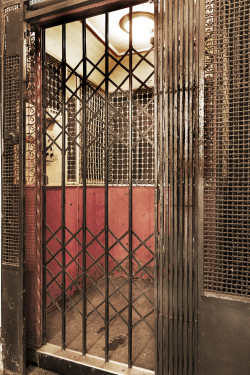In The Last Letter Jeanie and Frank Arthur had a son named Tommy. He and his twin, Katherine were ten-years-old when the book opened in 1887 timeline. Tommy was a bit of a curmudgeon who felt the weight of losing his pampered boyhood to the mean prairie lands that brought fire, famine, and death as often as it did an edible crop. Tommy turned to Bible verses in times of trouble, but he really took a backseat to his siblings Katherine, James and even baby Yale who was born later in the novel. In the 1905 timeline, Tommy arrives on scene, an unhappy man whose life has not gone the way he wanted. He’s an ordained minister, yet he can’t seem to find the smallest sliver of forgiveness for his mother or peace for himself…

So, as I planned The Road Home and The Garden Promise, I wanted to have Tommy play a more primary role than he did the first book and I wanted his character to change. Part of bringing a more fully realized Tommy to life involved the family letters. So much of Jeanie Arthur’s correspondence centered on her second son’s (Gale) mischief, “I don’t know whether Gale will ever write to you or not… he won’t do much of anything only what he pleases. I hope he will act better after Jamie Coman goes home, he is always teasing him and bossing and fussing with somebody. I hope I will get a rest when they are all away to school I feel on the border of nervous prostration now. I won’t be boarding any more children while Gale is around he would make an angel disobedient and unruly.” In addition, Jeanie often noted sixteen-year-old Gale lacking ambition as she referred to him being “…a first class loafer.”
As Jeanie chronicles Gale’s attempts at finding and keeping a good job, she describes her son as he was hired on at the Savery Hotel. “(Gale) started today to work at the Savery Hotel as a bellboy but the elevator boy quit then they put him on the elevator. He says he does not like it as it is an old elevator, runs hard and the strands of the cable were breaking today so he is afraid of it. He is going to tell them tomorrow that he had rather be bellboy so he may get fired. On the elevator you get fifteen dollars a month and board, bellboys get twelve dollars, board and tips. He works from 7 until 7.”
This little elevator strand of information came in handy when I was looking to thread historical flavor into the novel when employing the character of Tommy. Research revealed why an elevator boy would make so much more money than a bellboy—it was dangerous. Gale’s discomfort with the hard-running elevator and unreliable cables was a legitimate concern at that time in history.
While the facts about the jobs that my great uncle won and lost over the years were helpful in crafting the plot, I found that I wanted to steer away from my great, great grandmother’s characterization of her son as only lazy. And yes, that is the primary “theme of Gale” throughout the body of letters. And that was similar to how Tommy was portrayed in The Last Letter as a young male living up to his golden-boy, brother James. But in writing The Road Home, I wanted Tommy to embody the complexity that all people do. Part of Tommy’s transformation involves his attempt to be the man his father could not be for his family. In the 19th century a fourteen-year-old boy would be much more like an adult than a child. However, I knew I could use elements of Gale in Tommy as he took two steps forward into adulthood and slipped one step back into boyhood…like any teenager would.
Be sure to pick up your copy of The Road Home and check out the “Evolution of Tommy Arthur!”
